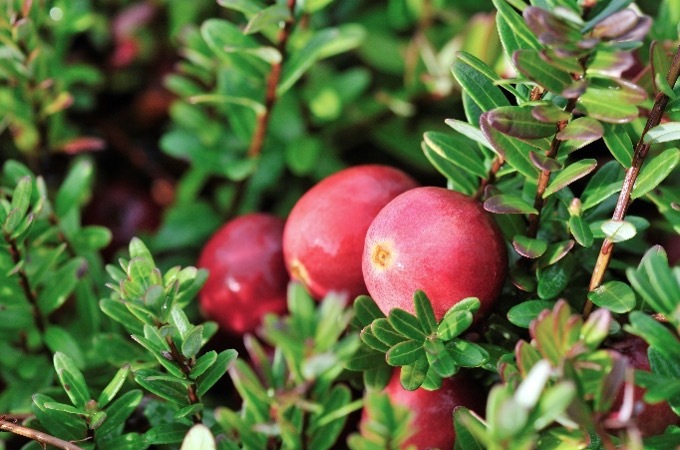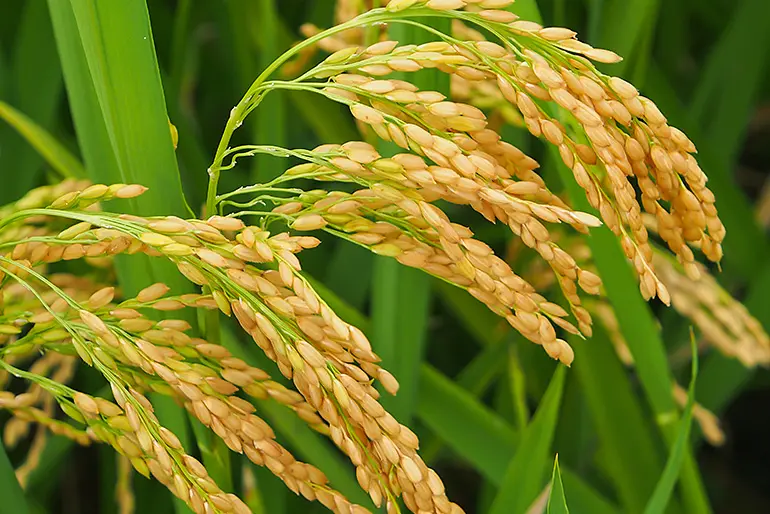Upcycled materials: sustainable resources
Published on 3/1/2023
Updated on 7/21/2025
For many years, SILAB has incorporated sustainability criteria into its selection of natural raw materials.
Upcycled materials are a promising source of innovation for developing high-performance active ingredients. This approach optimizes the use of agricultural resources by utilizing materials that are inevitably generated during the production of a product that was originally intended for another use.
A dual benefit: technical and societal
Upcycled materials offer advantageous levels of active molecules of interest and generate additional income for the producer. This approach also reduces the environmental footprint of the agricultural supply chain, as part of a circular economy approach.
A variety of cosmetic benefits
SILAB offers 18 natural active ingredients obtained from upcycling. Their properties cover a number of areas of application: anti-aging, firming, repairing, anti-irritant, etc.
Press cakes: co-products of interest
Pressing some seeds to extract oil creates a co-product called press cake.
Cranberry press cake
SILAB specifically selected the cranberry press cake, a co-product of this super-fruit, when developing PEPTILIUM®, particularly for its high molecular potential. The company has prioritized environment-friendly sourcing by working with a supplier that shares its desire for sustainable development.

Rice bran, a source rich in plant proteins
To support the development of its ERISIUM® anti-aging active ingredient, based on an innovative concept of maintaining cellular proteostasis through UPR (Unfolded protein response), SILAB Research has studied the outer layers of rice (Oryza sativa L.), which are rich in plant proteins and able to induce a UPR response when plant cells are stressed.
When brown rice is whitened to white rice, the bran and the germ are mechanically removed. These co-products contain 60% of the nutritional values of rice (proteins, fibers, minerals, etc.). SILAB then developed a unique enzyme engineering process to specifically extract the peptides responsible for efficacy.

Watercress: an example of waste reuse through sorting
The development of MYOLINE®, a natural relaxing active ingredient, is based on watercress, a raw material from an industry that is primarily focused on food production.
This therefore also constitutes an upcycling approach, since it involves the use of quality biomass that is not used for food.
